Anni Albers (born Annelise Else Frieda Fleischmann) has been one of the most influential textile artists of the 20th Century. While studying weaving under Gunta Stolzl at the Bauhaus school in Weimar and later in Dessau, she met and married Josef Albers, with whom she later moved to the States to establish a prolific artistic career.
Abstraction was the main interest for the artist, who later referred to Paul Klee’s work as her first inspiration: not through his lessons, but “through observing what he did with a line, a point or a stroke of the paintbrush, and I tried to some extent to find my own direction through my own material and my own artistic discipline” (interview with Anni Albers, 1968, Archives of American Art, Smithsonian Institution)
The abstract quality in Anni Albers works (bold lines and colour shapes, simple or complex compositions devoid of any representation) married the experimentation with materials (from metallic thread to horsehair to traditional yarns) and the potential of industrial production.
Civilization seems in general to estrange men from materials, that is, from materials in their original form. For the process of shaping these is so divided into separate steps that one person is rarely involved in the whole course of manufacture, often knowing only the finished product. But if we want to get from materials the sense of directness, the adventure of being close to the stuff the world is made of, we have to go back to the material itself, to its original state, and from there on partake in its stages of change.
We use materials to satisfy our practical needs and our spiritual ones as well. We have useful things and beautiful things—equipment and works of art. In earlier civilizations there was no clear separation of this sort. The useful thing, could be made beautiful in the hands of the artisan, who was also the manufacturer. His creative impulse was not thwarted by drudgery in one section of a long and complicated mechanical process. He was also a creator. Machines reduce the boredom of repetition. On the other hand they permit a play of the imagination only in the preliminary planning of the product.
Anni Albers: excerpt from “Work with material” (1937 – Black Mountain College Bulletin, 5, 1938. Reprinted in College Art Journal III:2, January 1944, pp.51–54 and in Anni Albers: On Designing, 1959 and 1971.)
In the United States Anni Albers affirmed as an important teacher and researcher at the Black Mountain College (where she taught until 1949) and one of the central figures in the field of textile theory: after the frequent journeys to Mexico and South America, Anni published “On weaving“, (1965) a seminal text of history, theory and practice of weaving, directly inspired by Peruvian and South American traditional weaving patterns and techniques.
Following is a selection of works from the large and diverse production of the artist (weavings, wall-hangings, fabrics, prints, drawings).
All images: courtesy Josef & Anni Albers Foundation.
Weavings









Drawings





Fabrics


Prints




Wallhangings








Further reading:
The Josef & Anni Albers Foundation
“Anni Albers” by Weber, Nicholas Fox, 1947-; Albers, Anni; Tabatabai Asbaghi, Pandora; Peggy Guggenheim Collection (full text available online at archive.org)
Selected writings by Anni Albers
Oral History interview with Anni Albers (with transcription)
Anni Albers at moma.org
Anni Albers at bauhaus-online.de
Anni Albers’s Modernist Philosophy In Thread And Text (a Phd thesis by Christina Glover, The Florida State University)
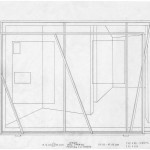
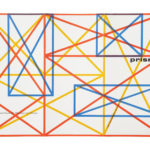
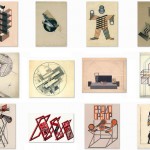
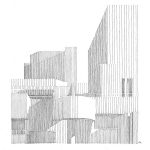
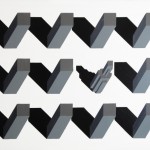
[…] a collateral post after our last one on Anni Albers, here we present one recent work by electronic media artist Phillip Stearns. Interested […]